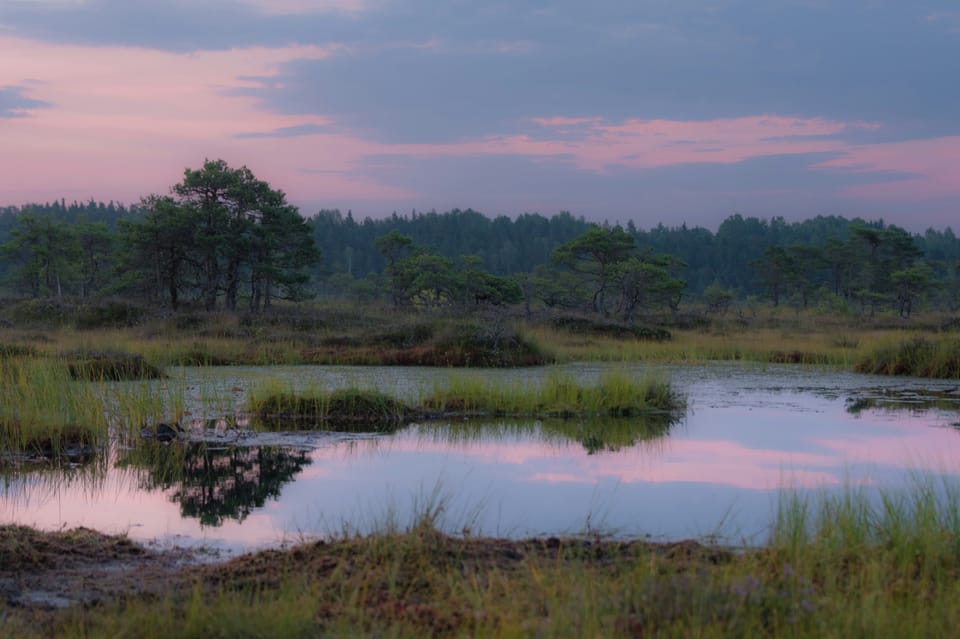EU Parliament adopts Nature Restoration Law

The Nature Restoration Law was adopted by the EU Parliament today (February 27), despite last-minute political opposition and weeks of protests from farmers demanding fair revenue and denouncing excessive red tape.
The new law sets a target for the EU to restore at least 20% of the EU’s land and sea areas by 2030 and all ecosystems in need of restoration by 2050 – and was adopted with 329 votes in favour, 275 against and 24 abstentions. It now has to be adopted by the EU Council before entering into force.
Read also: Nature Restoration Law - How can Chief Sustainability Officers prepare?
Chief Sustainability Officers welcome Nature Restoration Law adoption
The adoption was welcomed by Google’s EMEA Head of Sustainability Adam Elman and Ball Corporation Chief Sustainability Officer Ramon Arratia. Chief Sustainability Officers in the food sector are yet to comment, but it’s likely that those focused on implementing regenerative agriculture across their supply chains will also see the adoption as a positive step.
Last year, more than 100 companies, including agribusiness giants Nestlé and Unilever, urged Members of the European Parliament to pass the Nature Restoration Law. At the time, Nestlé Europe’s VP of ESG Engagement Bart Vandewaetere said: “Implementation of the EU nature restoration law could accelerate the transition to regenerative agriculture in Europe and generate benefits for farmers and their livelihoods and environment, improving soil health, restoring water cycles and increasing biodiversity. The adoption of this law must ensure that more funding is directed to farmers to help them restore nature through their day to day work.”
Biodiversity in agricultural systems
The Parliament’s approval has come despite recent opposition from parties that helped draft the law, such as the European People’s Party, which voted against the bill citing farmer discontent. “We do not want new and more forms of bureaucracy and reporting obligations for farmers. Let farmers farm,” said MEP Siegfried Mureșan, Vice-Chair of the EPP Group in charge of budget and structural policies.
Once the law comes into force, EU countries will have to improve biodiversity in agricultural systems, which will be measured according to the grassland butterfly index, the share of agricultural land with high-diversity landscape features and the stock of organic carbon in cropland mineral soil.
They will also be asked to restore at least 30% of drained peatlands by 2030, 40% by 2040 and 50% by 2050 (where at least one-third shall be rewetted), though rewetting “will remain voluntary for farmers and private landowners”.
Farmers' concerns over Nature Restoration Law
To alleviate land use concerns from the agricultural sector, the law includes an “emergency brake” allowing targets to be suspended “if they severely reduce the land needed for sufficient food production for EU consumption”.
But farmers’ associations are already expressing concern over the adoption of the Nature Restoration Law. Irish Farmers Association (IFA) President Francie Gorman lamented a lack of proper impact assessment despite farmers’ demands. “Farmers are doing more to support nature than any other sector of society. 12-14% of the space on our farms is ‘space for nature’. While there have been some important changes to the Commission version of the NRL, the law is still flawed,” he said.







Member discussion